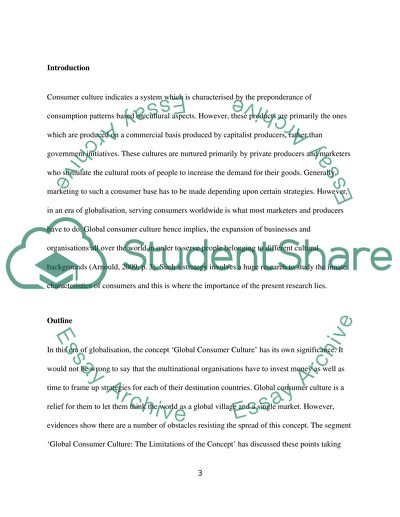Cite this document
(“Consumer behaviour and marketing Essay Example | Topics and Well Written Essays - 2500 words”, n.d.)
Retrieved from https://studentshare.org/environmental-studies/1405644-consumer-behaviour-and-marketing
Retrieved from https://studentshare.org/environmental-studies/1405644-consumer-behaviour-and-marketing
(Consumer Behaviour and Marketing Essay Example | Topics and Well Written Essays - 2500 Words)
https://studentshare.org/environmental-studies/1405644-consumer-behaviour-and-marketing.
https://studentshare.org/environmental-studies/1405644-consumer-behaviour-and-marketing.
“Consumer Behaviour and Marketing Essay Example | Topics and Well Written Essays - 2500 Words”, n.d. https://studentshare.org/environmental-studies/1405644-consumer-behaviour-and-marketing.


